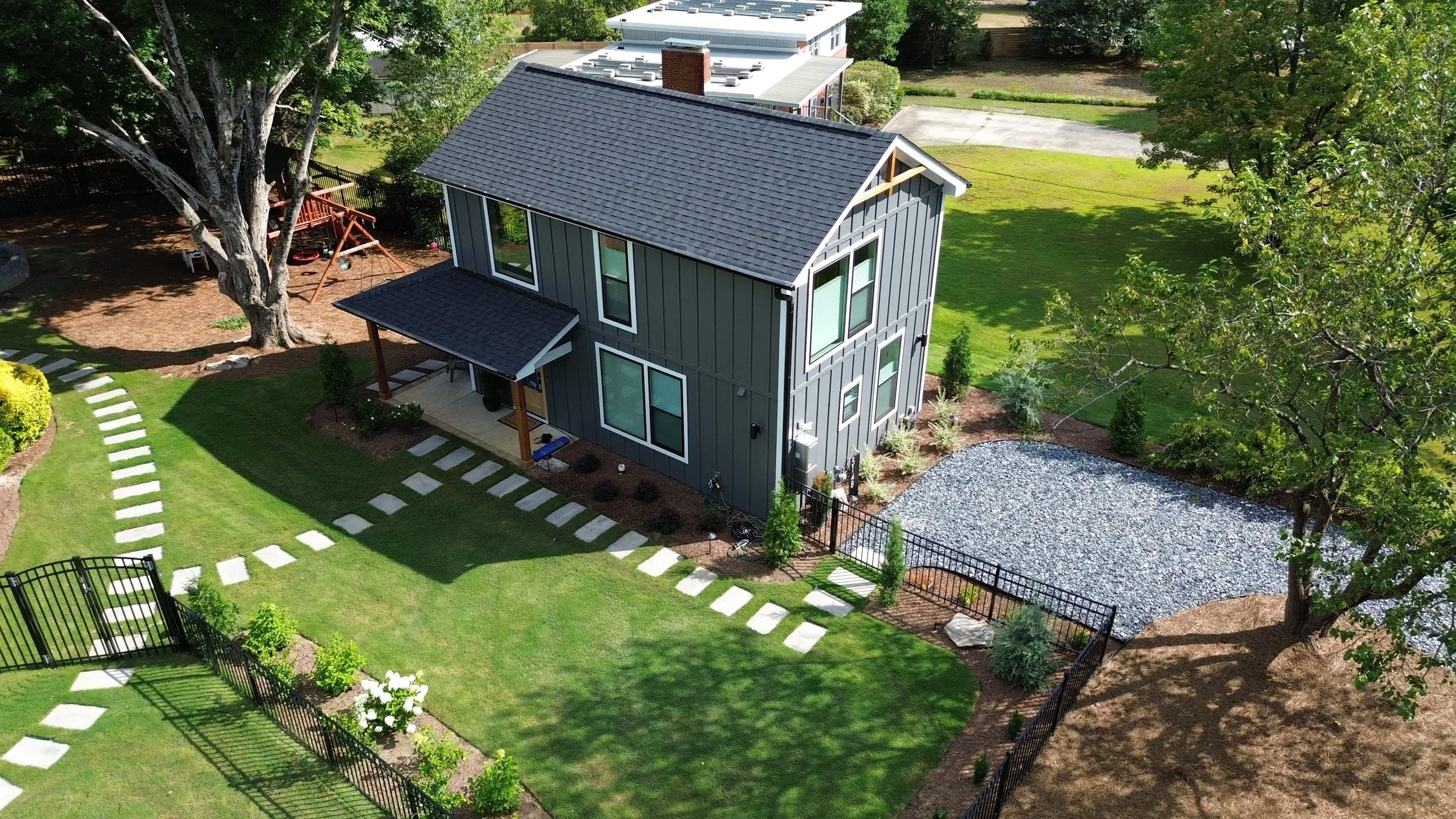Planning Next Year’s Landscaping Projects in North Carolina
Start Planning Next Spring’s Dream Outdoor Living Space Now
If you’re looking ahead to greener, smarter outdoor living for next year, you’re in the right place. As someone who’s been digging in the soil, pruning shrubs and designing yards for years, let me walk you through how to turn your ideas into action in the Triangle area of North Carolina. Whether you’re planning next year’s landscaping projects or simply want to enhance your yard, these strategies will help you get ready.
Why it pays to start planning now
If you wait until spring to start thinking about your yard, you’ll likely face higher prices, fewer choices, and that rushed “let’s just pick something” feeling. When you start planning now, here’s what happens and why it’s worth it:
Lock in materials and plant selections during the off‑peak season
Give yourself time to research local conditions in the area you live in (soil, drainage, sun/shade)
Spread out costs and labor so your project doesn’t feel overwhelming
Have better results because you’re working with a plan and purpose, not reacting
In my experience, a yard that’s thought out in autumn and winter becomes a showpiece by summer!
5 Practical Tips for Planning Next Year’s Landscaping Projects in the Triangle area
Here are five easy‑to‑follow tips to help you plan next year’s landscaping projects...especially if you live in the Triangle (Raleigh‑Durham‑Chapel Hill) region of North Carolina.
1. Assess your site conditions
Before picking plants or hardscapes, walk your yard and take notes:
Do you have drainage issues...does water tend to pool somewhere?
What areas have full sun, partial shade or deep shade (especially given Triangle summer sun)?
Are there slopes that need retaining walls or terraces?
How is the soil? In our region the clay content can vary...perfect timing to consider lab testing.
2. Set realistic goals and budget
When you’re planning next year’s landscaping projects, break the project into bite‑sized phases. For example:
Phase 1 (Spring): lawn restoration + planting new shrubs
Phase 2 (Summer): adding patio, lighting or water feature
Phase 3 (Fall): finishing touches, mulch and maintenance plan
Breaking it into phases gives you breathing room and keeps your landscaping project from going off track.
3. Choose plants and features suited to the region
Because you’re planning next year’s landscaping projects in the Triangle area, it pays to pick things that thrive here. For example:
Use Bermuda or Zoysia grasses that handle our summer heat and occasional drought
Choose shrubs and trees that tolerate our clay or sandy soils and warm winters
Hardscape materials (stone, pavers, retaining walls) should suit local style and drainage needs
Select appropriate materials and plants that will thrive in North Carolina, and you’ll avoid surprises, extra maintenance and replacement costs later.
4. Prepare infrastructure early
It’s tempting to skip “boring” prep work, but when you’re planning next year’s landscaping projects and want long‑term success, infrastructure matters. Consider:
Grading and drainage systems. You don't want water pooling near your foundation!
Irrigation systems, especially for new grass or plantings
Hardscape base prep (pavers, retaining walls) so everything stays level and stable
Lighting and wiring conduits installed before planting covers things up
Doing these prior to when construction or planting begins, allows for smooth transition and longevity.
5. Create a maintenance and timeline plan
Many landscaping projects fall short simply because maintenance is overlooked. While you’re planning next year’s landscaping projects, create a timeline and a maintenance checklist:
When to fertilize the lawn
Mulch refresh and shrub pruning schedule
Inspection of hardscapes (settling or shifting)
Annual budget for upkeep so you’re not caught off guard
This avoids that “set it and forget it” problem where beautiful work starts to fade because no one planned how to keep it going.
Planning for the long game
It’s easy to think just about next year, but take a minute to picture five years down the road too:
Will you add a patio or outdoor living area in the future?
Are you planting trees that will grow big and might block the sun or view?
How will your lawn and plants look in full maturity?
As you are planning next year’s landscaping projects, make sure you leave space for future growth. It’s like setting the foundation for a house...solid now saves headaches later :)
If you’ve made it this far, you’re already well on your way to a great start. Now’s the perfect time to grab a notebook and jot down what you’ve learned, your site conditions, goals, materials, timeline, and maintenance plan. Laying this groundwork during the winter means you’ll be ready to roll when spring hits.
Planning your landscaping projects early doesn’t have to be stressful. In fact, it’s one of the smartest things you can do for your yard and for your peace of mind. By thinking ahead, you’ll have more options, better prices, and a clear vision for what’s next.
So as the weather cools around Raleigh and the Triangle Area of North Carolina, pour yourself a cup of coffee, walk your yard, and start imagining how you want it to look next summer. When spring arrives, you’ll be ready to bring that plan to life, confident, prepared, and excited to see your ideas bloom.
Let’s make next season your best one yet.
By: Lucio S.

